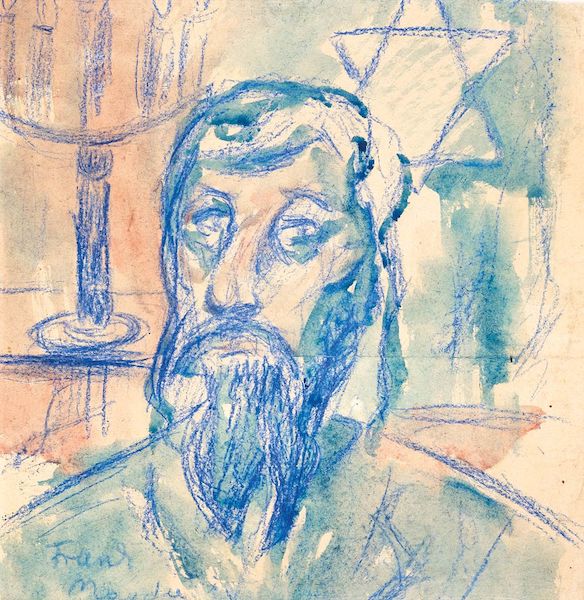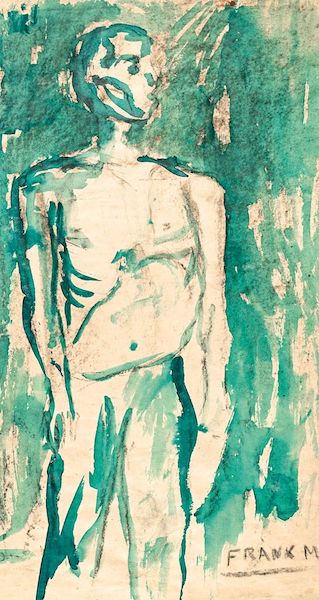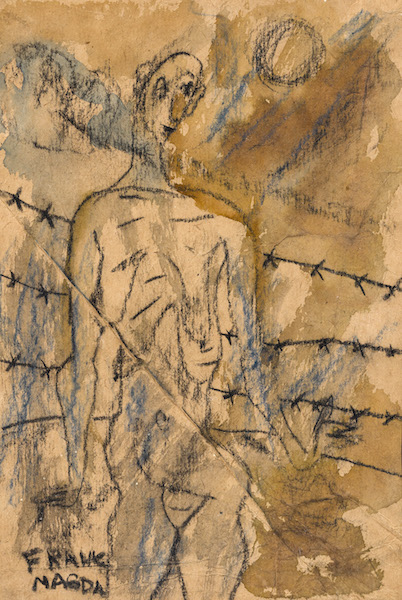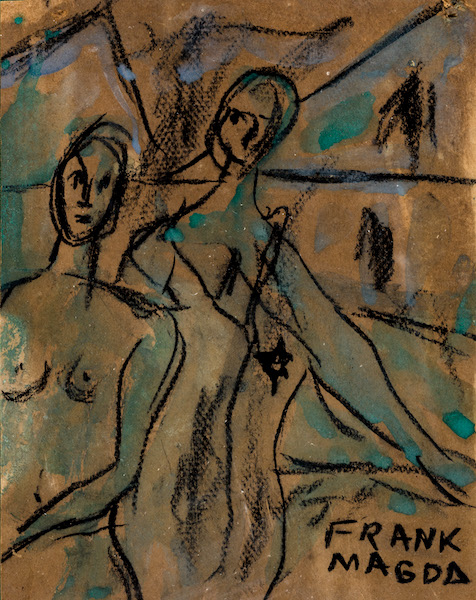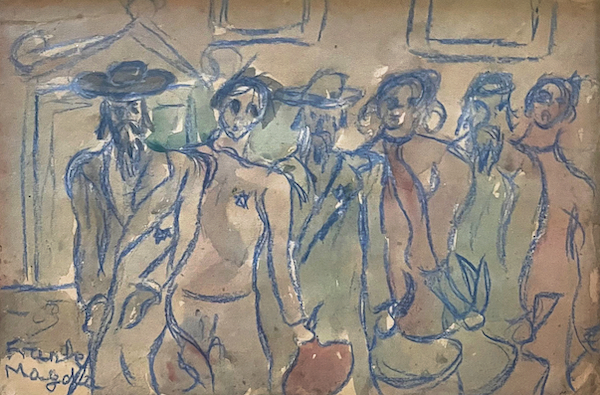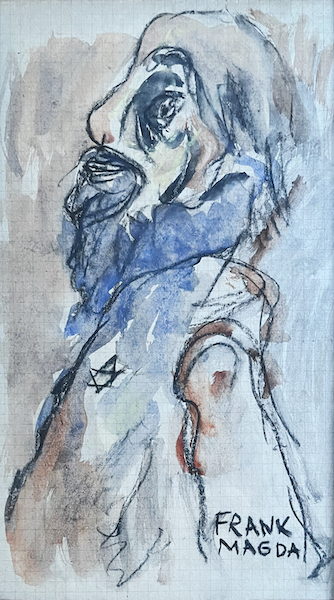Biography
Magda Frank began her art studies in 1945 at the Academy of Fine Arts in Budapest, where she studied from Béni Ferenczy. At that time, her works were characterized by a classicizing style. In 1947, she transferred to the Academy of Applied Arts, where she learned to work with stone, metal and wood in the workshop of Miklós Borsos. In 1949, her exhibition opened in the National Salon, but due to Nazi persecution she had to leave Hungary in the same year. Se stayed in Bern for a few months and then went to Paris to continue her art studies at the Julian Academy of Fine Arts, where she worked under Marcel-Antoine Gimond.
Although Paris gave Frank good opportunities for artistic development, in 1950 he moved to Buenos Aires with her last surviving family member, her siebling, and took up Argentine citizenship. At first, her artworks here were born from memories of the war years - she created figurative works with a tragic tone, breaking the mass of plastic into planes.
In the fifties, she often commuted between Buenos Aires and Paris. In 1954, her geometric composition presented at the Salon de la Jeune Sculpture exhibition in Paris was purchased by the Musée National de l'Art Moderne in Paris. From 1956, she taught as a professor at the School of Visual Arts in Buenos Aires for four years. Her art has already received a new focus: for her sculptures, she was inspired by the monumental Indian sculptures before the Columbus conquest, and instead of plaster and clay modeling, she worked with wood and stone. She made angular, closed composition, biomorphic sculptures. She received the Benito Quinquela Martín Award and was honored by the Argentine Senate.
In 1960, she moved to Paris again and worked exclusively with sculpture. She became involved in the artistic life of various art salons, Comparaisons, Réalités Nouvelles, and Jeune Sculpture. In 1964, she participated in the Portorož Sculptor Symposium in Yugoslavia. It was then that she worked with marble for the first time, a technique she used from then on in her monumental pre-Columbian public sculptures. Such sculptures can be found in various cities of France, as well as in Pécs, among others.
In the eighties, she settled back in Argentina to found her own museum in Buenos Aires, called the Magda Frank House. Her works are preserved in many public collections, such as the Museum of Fine Arts in Budapest, the Pringles Museum in Argentina, or the Museum of Modern Art in Paris.

